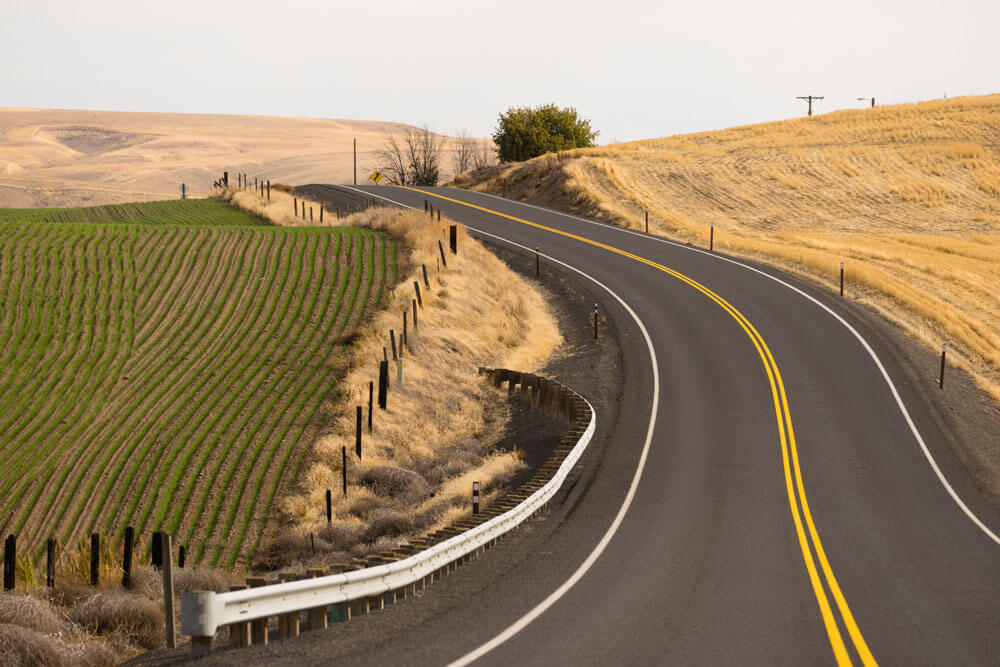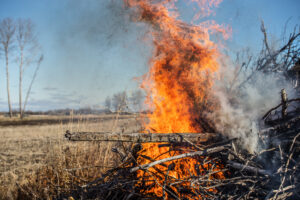Current Restrictions
Burning in Lane County
Advisory History
Outdoor Burning Program
Daily Burning Advisory
Outdoor Burning Restrictions
Daily Burning Advisory
Current Restrictions
Outdoor Burning
Burning in Lane County
Advisory History
Outdoor Burning Restrictions
The fall outdoor burning season is currently open for all areas within Lane County, check daily status before burning. Fall outdoor burning season closes for Eugene, Springfield, Oakridge and their Urban Growth Boundaries Oct. 31st. The spring outdoor burning season will open March 1, pending fire season restrictions.
Always check this page or call the advisory line before burning. The advisory is updated daily at 7 pm for the following day. Outdoor burning is always prohibited on lots smaller than 2 acres inside the Eugene Urban Growth Boundary (UGB) and on lots smaller than 0.5 acre inside the City of Springfield and the Springfield UGB.
Outdoor Burning Advisory Line: (541) 726-3976
Coastal Outdoor Burning Advisory Line: (541) 997-1757
Outdoor burning rules were recently revised in October 2017 and April 2018. Read the updated rules here. Not sure if you live in Coastal Lane County? Check out our map.
Outdoor Burning Program
LRAPA regulates outdoor burning in Lane County to minimize impacts of smoke in the local airshed. There are two burning seasons each year, one in the spring and again in the fall. The start and end of each seasons vary year to year, but generally run from March 1 to June 15, and October 1 through October 31.
Regulations differ depending upon location, local city and county ordinances, and LRAPA rules. In addition, local fire districts may enforce further limitation on burn seasons. Find your local fire district on Lane County’s website.
Daily Burning Advisory
LRAPA issues a daily outdoor burning advisory at 7:00 p.m.. It is each resident’s responsibility to check their local fire district’s burning requirements.
- Generally, residents who can burn may only burn woody yard debris generated on their own property. No material may be brought from other locations to burn.
- All burning must be constantly attended until extinguished, this includes smoldering burn piles.
- No burn shall create a public nuisance or hazard.
- No burn shall contain prohibited materials, including but not limited to, garbage, plastics, wire insulation, asbestos-containing materials, tires, automobile parts, asphalts, petroleum products, treated wood, rubber, or animal remains.
- Outdoor Burning Letter Permits may be issued in some instances for burning outside the scope of this program. The application for a letter permit must be made in writing to LRAPA using LRAPA’s Outdoor Burning Permit Request Form.
Fire Season Restrictions
Air quality and fire protection agencies issue temporary burn restrictions for different purposes. We work together to communicate the current burn restrictions to residents.
Air quality restrictions
LRAPA will curtail or prohibit residential outdoor burning based solely on the air quality impacts of outdoor burning. During certain weather patterns when the air is stable and stagnant and ventilation conditions are poor, LRAPA may temporarily restrict outdoor burning until conditions improve. This approach is a preventative measure designed to keep air quality from degrading during periods of air stagnation.
Fire danger restrictions
Local fire protection agencies may curtail or prohibit residential outdoor burning based solely on current fire hazard conditions. These restrictions usually occur in the summer and early fall, but will vary year to year based on seasonal climate.
Types of LRAPA Permitted Outdoor Burns (Allowed only with an LRAPA Outdoor Burn Letter Permit)*
Outdoor Burn Letter Permit Application
All Permitted Outdoor Burn Letter Permits are subject to approval by the local fire district or authority permit.
- Commercial: The outdoor burning of “commercial wastes,” which are materials generated or used by a commercial operation including removed and transported materials, excluding prohibited materials described in 47-015(1)(e). This includes any materials that are moved from the tax lot of origin to be burned at a different location.
- Industrial: The outdoor burning of “industrial wastes,” which are materials produced as a direct result of any manufacturing or industrial process, excluding prohibited materials described in 47-015(1)(e).
- Construction: The outdoor burning of “construction wastes,” which are materials resulting from or produced by a building or construction project, excluding prohibited materials described in 47-015(1)(e).
- Demolition: The outdoor burning of “demolition wastes,” which are materials resulting from or produced by the complete or partial destruction or tearing down of any man-made structure or the clearing of any site, or land clearing for site preparation for development, excluding those materials described in 47-015(1)(e).
- Forest Slash: The burning of vegetative debris and refuse on forest land outside of the ODF Smoke Management Plan related to the growing and/or harvesting of forest tree species where there is no change in the use of the land from timber production.
- Bonfire: A controlled outdoor fire (combustible pile larger than 3 feet in diameter and 2 feet in height) held for celebratory, religious ceremonial, or entertainment purposes. The fire cannot serve as a disposal fire for woody yard trimmings, leaves, and grass clippings. Prohibited materials listed in 47-015(1)(e) shall not be burned. Bonfires may include clean woody construction/demolition/commercial material.
- Prescribed Burning: The burning of standing vegetation for the purpose of species or wetland conversion, pursuant to federal or state laws or programs to promote or enhance habitat for indigenous species of plants or animals, which is otherwise prohibited.
*As outlined in “LRAPA Title 47 Outdoor Burning“



